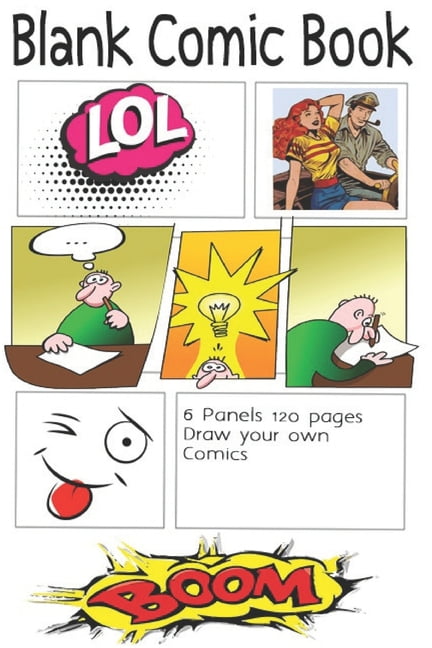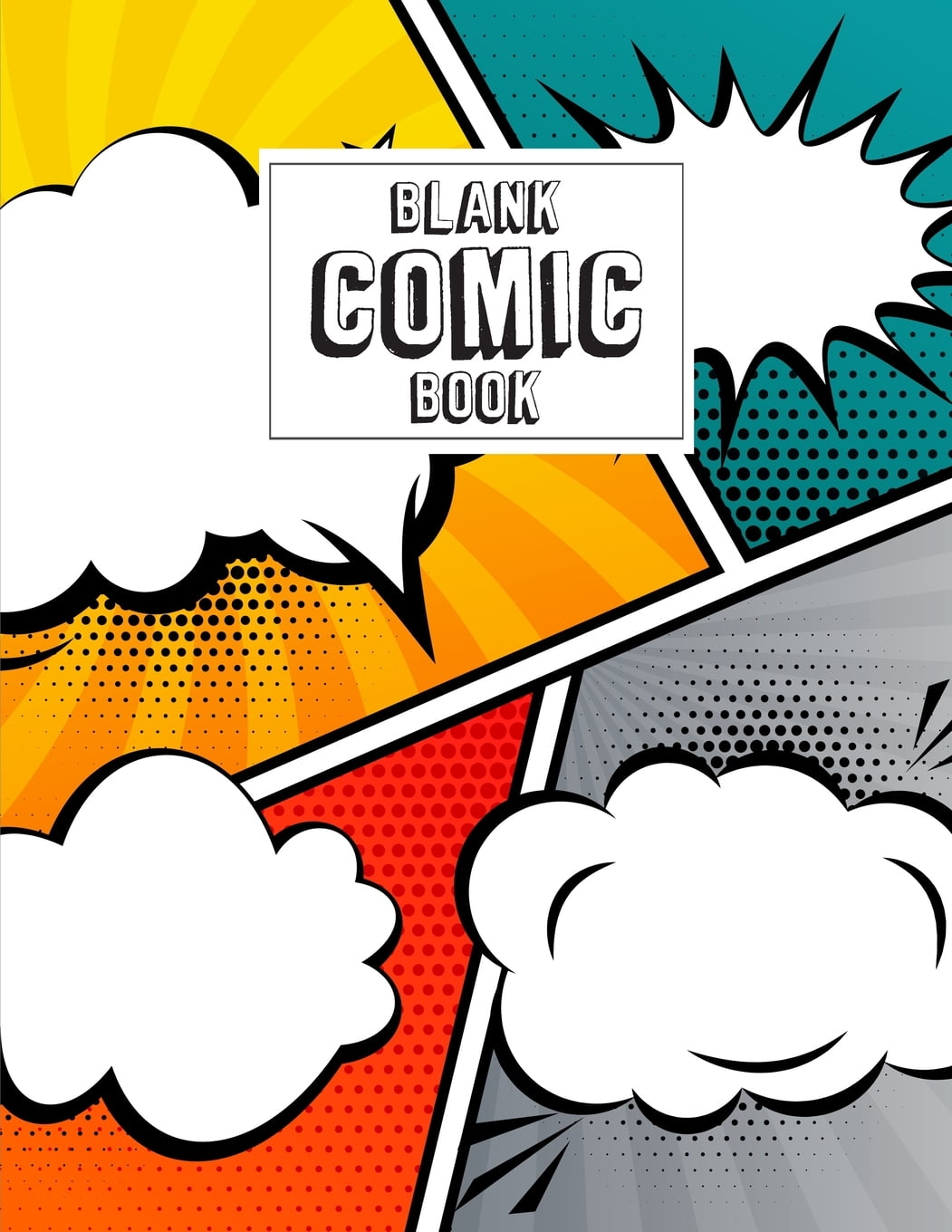
- #Simple comic book cover ideas how to
- #Simple comic book cover ideas full
- #Simple comic book cover ideas free
A dark purple cover with rich green foliage gives a creative, moody feel, while a minimal white cover with straight blue lines might feel more like a textbook. Having a grasp on what colors mean and how they work can go a long way in conveying your mood and theme. It’s no different when you’re putting your book together.

Red is an urgent color that catches your eye–when you walk into a supermarket, notice all the bright red or yellow price tags. Social media sites tend to lean towards blue backgrounds, since those colors boost your alertness, have proven to be almost universally appealing, and tend to make people feel safe and creative. Anyone who’s taken a marketing or graphic design class can tell you that the colors you use matter a lot. Last, but certainly not least, we have: color scheme. See if you can spot trends by subgenre or decade! 3.
#Simple comic book cover ideas free
It turns out you can’t just find a free photo on Canva and slap it on your cover (or, well, you can, but it probably won’t look great).ĭo you want a person on your cover? A painting? Abstract art, or something minimal? While you’re on your bookstore field trip, note the imagery that pops up. Finding good imagery can be especially challenging without a background in graphic design. This is where a lot of well-known cliches come in–we’ll talk about those later. This is the pictures and images used on the cover. Take a look through the fantasy aisle at your local bookstore and note the trends you see! 2. Romance titles tend to be more swirly, while nonfiction and memoir trend towards academic fonts. You’ll notice that certain genres have certain tendencies towards fonts. Would it honestly look as good if that font were, say, Comic Sans? Probably not! Don’t think this matters? Grab the nearest book off your shelf. Sometimes authors will use a different font for their title, subtitle, and author name–sometimes it all matches. Let’s go through them one by one a little more fully: 1. Across all genres, a book cover is going to consist of these three pillars, and these are the tools we’ll use to get information across to the audience. outlines the three major elements of book design as typography, imagery, and color scheme. We’re going to cover the components of book covers, what they can do, and how we can use them to convey information to our audience about our book’s themes, target demographics, and subgenre. What makes a book cover work? And what makes for a great fantasy book cover?
#Simple comic book cover ideas how to
So what should you do? Stay tuned! We’ve got some tips on how to make a good fantasy book cover, some examples of great covers, and a list of fantasy book cover artists to check out.
#Simple comic book cover ideas full
In self-publishing, you’re in full control over your finished product, but picking out a cover can feel overwhelming, especially if you’re not artistically inclined or well-versed in graphic design.

You don’t want yours to be lost in a sea of hooded figures holding daggers against a white and black background, but you don’t want yours to look out of place, either. An intriguing cover can draw someone in, while a cliched, dated cover can keep readers away.įantasy books in particular have some issues with cliche when it comes to book covers.

And especially now, in the digital age, where people sort through books by scrolling through what are functionally thumbnails of your cover art…like it or not, your cover matters. Obviously, we shouldn’t judge books by their covers–the contents matter, and it’s not totally fair that we make snap judgements based on the cover, the blurb, or the first page.īut we do. Whoever said “never judge a book by its cover” definitely never took a marketing class.


 0 kommentar(er)
0 kommentar(er)
